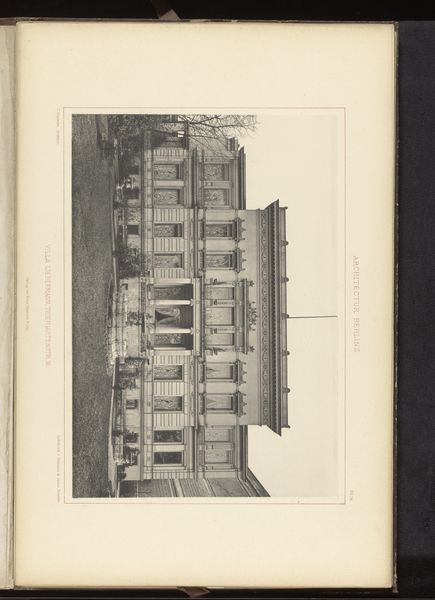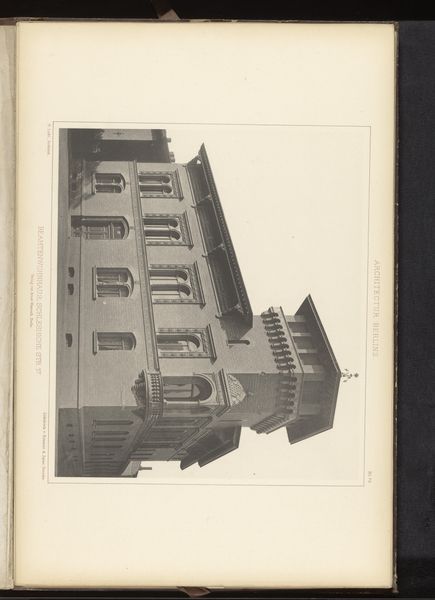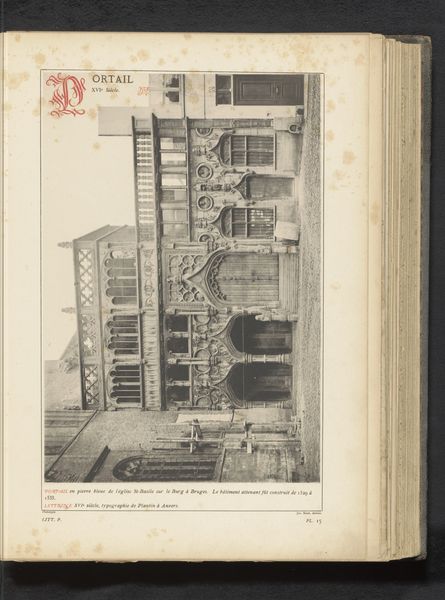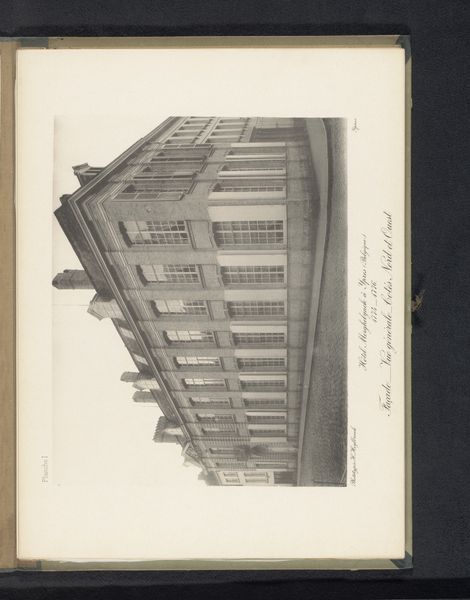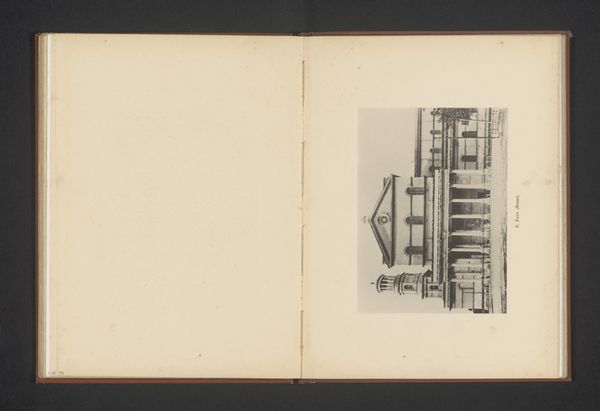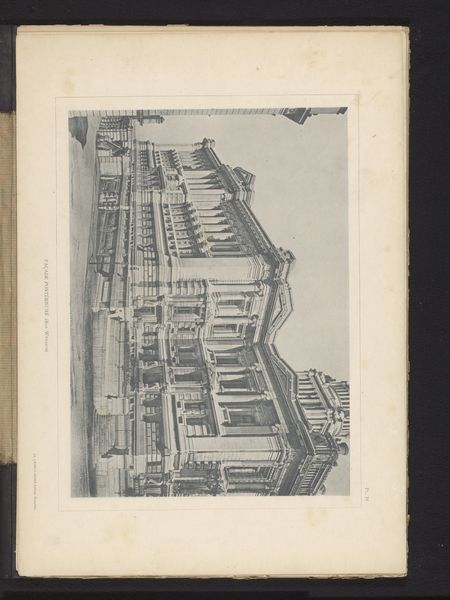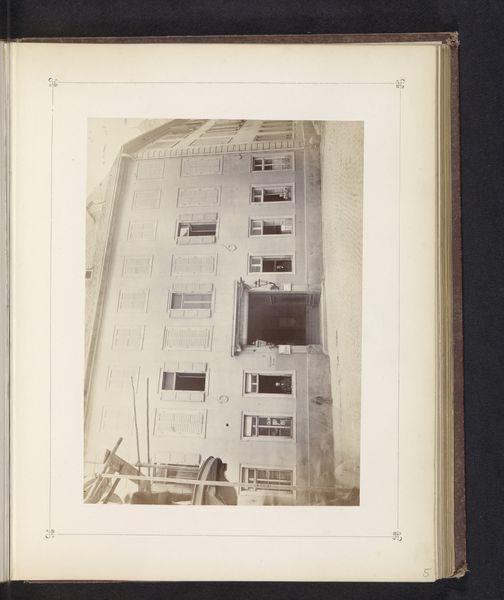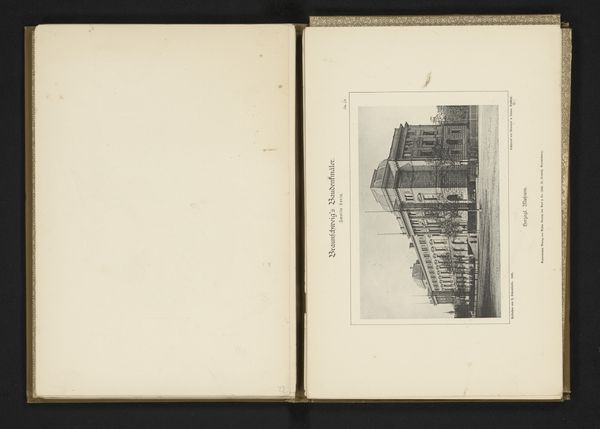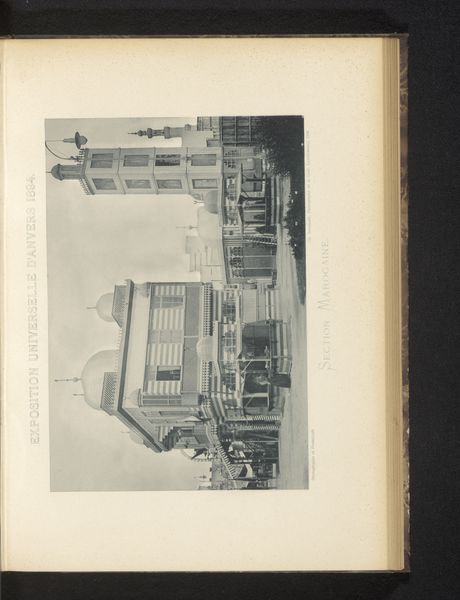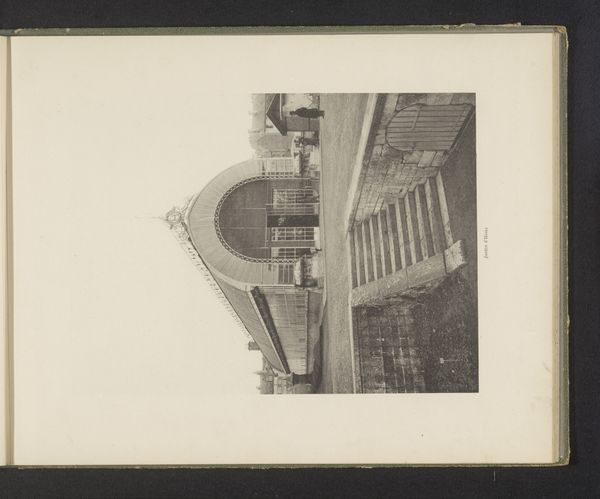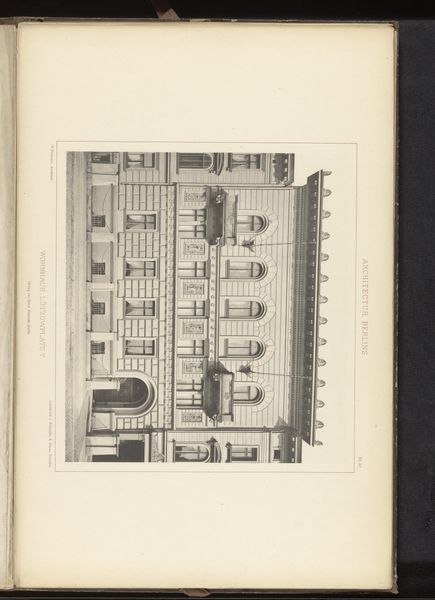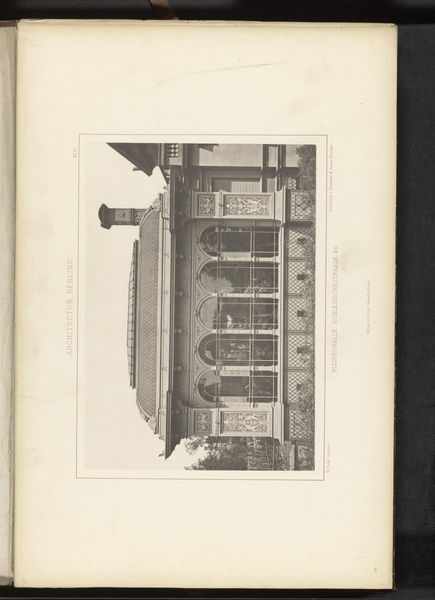
drawing, paper, pencil, architecture
#
drawing
#
16_19th-century
#
paper
#
pencil
#
cityscape
#
academic-art
#
architecture
#
realism
#
building
Dimensions: height 360 mm, width 265 mm
Copyright: Rijks Museum: Open Domain
Curator: Up next we have an anonymous pencil drawing on paper entitled "Gezicht op de Union Bank te Preston", created before 1889. Editor: My first impression is of immense, grounded weightiness. The drawing style feels almost photographic in its detail. It’s stark, monochromatic, and quite imposing, actually. Curator: Right? The sheer, obsessive detail lends itself to realism and architectural precision. I'm curious, do you get a sense of the society the artist may have lived in while observing it? Editor: Absolutely. This drawing speaks volumes about power, security, and perhaps the anxieties surrounding wealth and stability in that era. Banks, especially visually impressive ones like this, became potent symbols of capitalism. We can interpret it within the history of banking's development, tracing it all the way back to those little Florentine families in the Renaissance. Curator: And don’t you find it amazing that this hyper-realistic, incredibly solid structure is rendered using such simple materials as paper and pencil? The ephemeral quality of the medium juxtaposed with the monumentality of the subject matter makes for a nice contrast. Editor: Definitely. It makes me think about accessibility, actually. Architecture then, like now, becomes a symbolic language for those inside, not so much for those left out in the streets. Does this image grant access, I wonder, or merely reiterate the social hierarchy through its meticulous representation? Also, how complicit is the artist through replicating those details, stone by stone? Curator: Oof. Good point! It does highlight how even seemingly neutral artistic acts carry social and political weight. The artist perhaps unknowingly perpetuates these structures by faithfully documenting them. Editor: Precisely. What could the piece accomplish had they chosen to disrupt, rather than reflect, existing hierarchies? To whose reality does this mirror actually speak? Curator: Wow, it’s true, seeing this detailed bank now makes you think not only of commerce and structures but how they shape society. It’s more than a city building—it represents tangible power. Editor: Indeed! And maybe by posing these questions, we give ourselves permission to rewrite that narrative, one critical observation at a time.
Comments
No comments
Be the first to comment and join the conversation on the ultimate creative platform.
